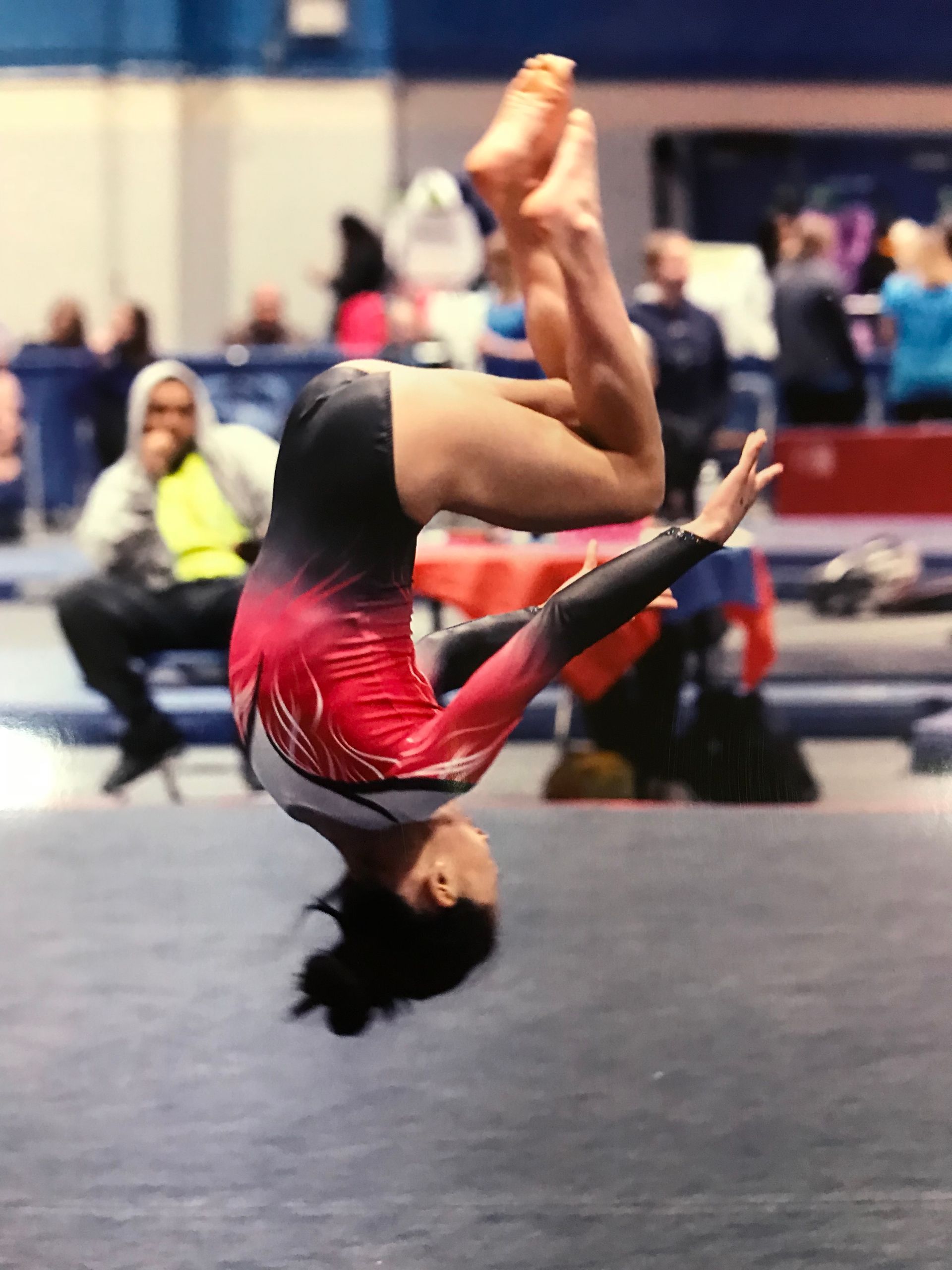Exercise & Teen Mental Health
What's the link between exercise & mental health?
How can I help my teen move their body?
We all know we should exercise. It’s good for us, maybe helps us lose weight, and it is so hard to start (or re-start) if it’s been a minute since you exercised. But did you ever wonder what exactly exercise does for us? And our kids? And our kids who struggle? Or maybe we’re the ones who struggle. I’ve got you covered. I’m taking a deep dive into what exercise does for our brains and our bodies and how to encourage your kids to get active. Leave your sneakers at the door and settle in, leaving thoughts of “No! I don’t want to run!” behind. I promise I won’t tell you what to do.
Neuroscience Primer
Everything that we think, feel, and do is governed by our neurons, the cells that are responsible for receiving sensory input from the external world. They send commands to our muscles and for every step in between. It’s an open system; experiences and other inputs constantly rewire the brain. Our brains have billions of neurons that signal through different chemicals. The more chemicals follow the same path, the more likely they will be bound together (hence the saying, neurons that fire together wire together).
Here's the cool part about neuroscience and exercise: Exercise prompts the body to produce its own chemicals that send signals to parts of our bodies. They stimulate muscle and encourage stronger bones, which makes sense, but they also strengthen the immune system. Different types of exercise create other chemicals; running or cycling creates a chemical that improves the function of the hippocampus, a part of the brain that includes memory and learning. Just think, exercise is like Miracle Grow for our brains!
Learning Motor Skills
Learning motor skills is easiest to see in young children. From a young age, we focus on our kid’s movement. When they roll over, start to crawl, and begin walking, these are all important and even amazing milestones to us. If you’ve watched a child learn to walk, you see that it takes a lot of practice. Over and over again, they fall down, get back up, and start over again. It’s easy to see the progress.
Given that exercise produces chemicals for learning, it’s no surprise that young children begin their first major developmental task with gross motor. It’s literally preparing them for other motor and cognitive tasks. It makes perfect sense that young children are self-motivated to move. Imagine trying to motivate a 1-year-old to walk!
As kids grow into school-age years, they become aware of their skills and start to compare themselves to others. Some kids can run faster than others, while others are more flexible and are more or less coordinated than their peers. My son has a motor planning disorder and was very slow to learn new skills. It was only through innumerable repetitions that he learned to jump rope and swim. But guess what? The outcome, the ability to jump rope or the proper swim stroke for a distance, is not important to the brain. The process is what’s important – doing it. Chemicals will reach the hippocampus regardless of how good you are at an activity.
Adolescence
I would like to suggest that it’s as important for a 15-year-old to exercise as it is for a 1-year-old. And teenagers are equally difficult to motivate. Teenagers are looking to fit in with their peers and will not just follow their parent’s lead. The Centers for Disease Control & Prevention states that only 25% of teens get adequate physical activity. Studies show that middle and high schoolers who exercise in the morning show improvements in cognitive abilities that show up in school achievement.
Exercise can have dramatic effects on adolescents who have some learning difficulties or mental health conditions. Three common disorders include ADHD, depression, and anxiety. Research shows the following:
- Attention Deficit Hyperactivity (ADHD) is a frequently diagnosed condition for school-age kids and teens. 8% of all children are being treated for ADHD. While some studies showed modest links between exercise and a wide range of ADHD symptoms, a few studies showed that even a single 30-minute aerobic activity like biking or running can improve symptoms, and long-term benefits are also present. The results showed decreased impulsiveness, increased inhibitory control, and improved social relationships.
- Depression is more likely to be diagnosed in adolescence and can be a debilitating disorder. Recent meta-analyses (a research project that analyzes results from multiple studies) show that exercise significantly reduces adolescent and adult depression. In fact, some research suggests that exercise is as effective as anti-depressant medications, while others found that combining exercise and medication was the best treatment option. Notably, most studies had participants exercise 3 times a week, and the benefits of exercise improved over several months of exercising.
- Anxiety is so common among girls that nearly 20% of adolescent girls carry the diagnosis. Meta-analyses show a moderate effect of exercise on symptoms of anxiety. Consider the fact that anxiety and depression are often linked. Show me a socially anxious kid (they’re scared of humiliating themselves and think people are judging them, so they self-isolate), and that same kid will become depressed.
Adulthood
Studies of adults yield the same effects of exercise: There are clear benefits for adults with depression and adults with anxiety. Furthermore, there is increasing evidence that different types of exercise (cardio and weight bearing) will lead to a significantly higher quality of life as we age. Exercise lengthens our lives and improves our quality of life by delaying chronic disease with better health overall. And here is some excellent news: It’s never too late to start. We can make changes to our lives that can last for decades simply by taking a walk today.
What’s good for your kids is good for you, too. You will be less likely to take on their anxious feelings and be able to provide the support they need if you take care of yourself through exercise. Don’t be afraid to fail at something. If your family goes rock climbing or ice skating, give it a try. If you fall down and get back up to try again, you are being an excellent example. I ensure my teenagers know I exercise daily, even if they don’t see it. They know and will call me out on it if they think I’m not doing what I’m telling them to do.
How to encourage your kids to exercise
It’s easy to tell your younger kids to go outside to play. But what if they don’t want to? One family I coach wanted help with this. The early elementary-age kids liked to play inside, do crafts, watch TV, and play on the Switch. Playing outside wasn’t their thing. Too hot, don’t like sunscreen, too cold… just no. Mom would get angry, yell, and tell them to go outside anyway. They went outside because they were scared, did not have fun, just followed directions. Here are some questions a parent coach might help you explore:
- Why are you angry and frustrated? Do you need a few minutes of quiet? Do you have an important phone call to make and need privacy? Are you afraid the kids will hurt each other? Don’t know how to play with each other? Start with helping to understand the anger.
- Get curious about why the kids don’t want to play outside. Are there things they’re interested in? Do they feel safe? Do they need help with anything?
- Would your kids be more interested in group activities like sports? They’re not for every kid, but some kids love them.
- Have you considered doing something together? Take a walk, kick a soccer ball, throw a football. Some kids need a nudge to get going or need to learn the skill of throwing a ball before they’re going to use that skill with other kids.
Another family has a teenager on her phone when she’s not in school. On weekends, she wakes up and connects online with her friends. When the weather was nice, Dad told her to get out of the house into the sunshine. “You’ve got to get out of your room! You can’t stay there all day!“ This demand elicits yelling from the girl. More yelling from the Dad. And on and on. Questions for this family or yours include:
- What’s behind the anger? Are you scared she’ll never accomplish anything? Do you have thoughts that she’s lazy or selfish? Start with really understanding what’s fueling the anger.
- Dad could get curious. Why doesn’t his teenager want to get outside? Is this normal teenage behavior? What else is going on? Is she involved in other activities or sports? What do you think is a reasonable “ask?”
- Consider whether you’ve been clear about your expectations. And whether the teenager needs limits on her phone. Every family is different; some parents have a teen’s phone turned off until chores or exercises are done, while others decide a day online with friends is a positive move.
- This Dad planned a quiet time to brainstorm with his teen about her getting regular exercise. She’d done sports in the past but wasn’t motivated by them anymore. They were able to discuss it and settled on her walking the dog three times a week as a start.
Start It Up
You know that exercise is good for you, good for your kids, and your family. You don’t need research to tell you that. Begin with small steps, literally, maybe even slow steps. Make it a part of your child’s life. It might be easier to get younger kids started on exercise, but with a calm and curious approach, you can nudge your older kids into movement, too. They can try something and decide it’s not for them. It’s not about the sport or type of activity. It’s about moving their body. It might take some time to figure out what works, and that’s okay.
Good for their brain, good for their body. The same goes for you.






